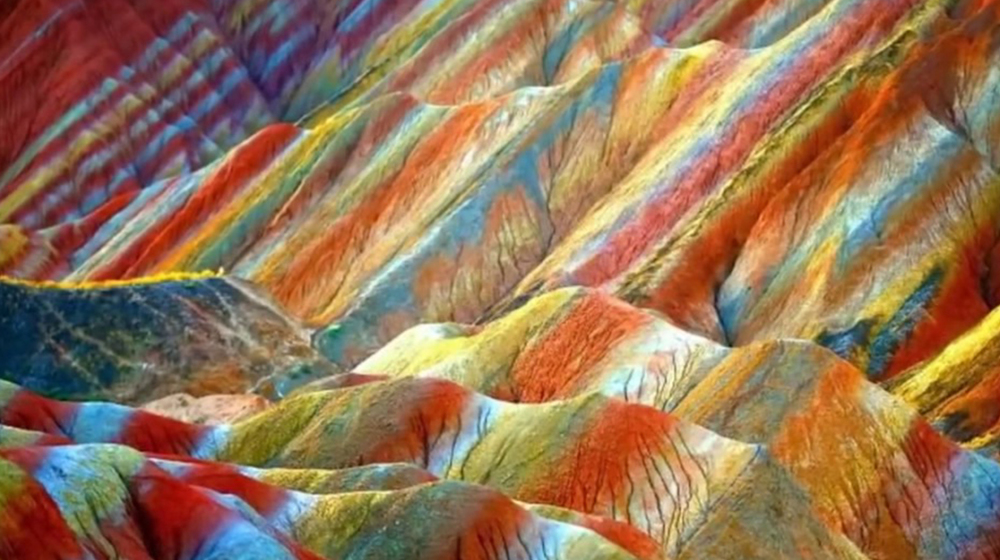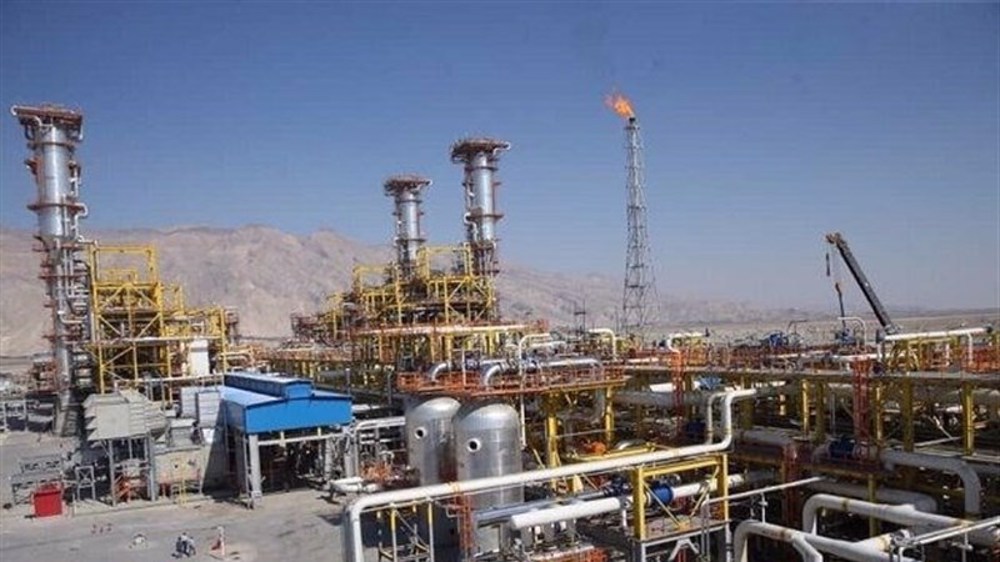The path to put Iran’s tourism industry back on its feet
Iran, with 21 historical and ancient monuments registered in the UNESCO list, is a prime tourist destination.
The country is generally more desirable as a historical destination for Western tourists, but its image in the mainstream media as backward and associated with doom and gloom is a problem which is often reflected in the surprise of most tourists visiting Iran where their perception crumbles right away.
With a civilization and history of several thousand years, Iran has no dearth of modern attractions not only in capital Tehran, but also in metropolitan cities such as Isfahan, Shiraz, Mashhad and Tabriz or in tourist areas on its Caspian shores in the north or southern Persian Gulf coasts, such as Kish Island.
Iranian culture with its unique subtleties is extremely rich in the production of art and recreation. From Persian poetry to humor and music, Iran’s literary legacy is marked by a host of celebrated luminaries, each with their distinctive style and lasting influence.
Visual arts also have a special place in Iranian culture. The Persian carpet is a brilliant and glorious manifestation of the Iranian people's superior artistic sense while intricate enameling, marquetry, wood carving plus dozens of other arts show their interest in beauty and elegance.
Meanwhile, the elements of Iranian culture transcend its geographical boundaries and its sometimes bold traces can be found in neighboring countries as well.
Iran is home to one of the world's oldest continuous major civilizations, with historical and urban settlements dating back to 4000 BC.
A recent study by a team of archaeologists from Germany, Denmark and Iran published in peer-viewed mega journal Scientific Reports has identified the Persian Plateau as the potential region for interbreeding between Neanderthals and Homo sapiens during the Late Pleistocene.
Iran is also home to followers of monotheistic religions, including Jews, Zoroastrians and Muslims. It hosts nearly 9,000 religious places across the country, more than 3,000 of which are sacred sites such as mosques, religious schools, churches, synagogues, crematoriums, and shrines.
Religion has played a prominent role in the formation of cities such as Mashhad, Qom, Ray, Shiraz, Qazvin, Natanz, Shahrood, Shush, Bastam, Lahijan, Amol, Ardabil and Gonbad-e Kavus. These cities have enormous potential to allow the development of religious-cultural tourism and attract religious tourists and those interested in religion.
Iran is also a regional paradise for medical tourists due to high service standards and reasonable costs. It is among the top five countries in biotechnology.
Currently, a quarter of Iran’s hospitals offer health tourism services in various specialized fields. Meanwhile, there is an abundance of natural hot waters with therapeutic qualities across the country, which attract millions of tourists.
Iran is a vast country with four seasons and a diverse natural landscape. Some of Iran's unique natural attractions are known, while many others are not. The natural wonders of the country range from magnificent beaches stretching for hundreds of miles to mysterious arid deserts, rolling mountains, meadows and forests.
Tourism, more than an industry, is a dynamic social and global phenomenon, the development of which involves a political process as well. While Iran has a very important place in the global tourism map, the share of the country in global tourism receipts is paltry.
With Western tourists being subject to coercive measures by the US government if they visit Iran, the Islamic Republic is making a push to attract visitors from Persian Gulf Arab states and other nearby countries.
Earlier this year, Iran lifted visa rule for tourists from 28 countries. It is also drawing more visitors from Russia and China to its ancient sites that date back to the Persian empire and the fabled Silk Road.
South Korean President Yoon arrested over failed martial law bid
VIDEO | Press TV's news headlines
US budget deficit surges to record $711 billion
VIDEO | Yemeni army conducts three attacks against Israel within 12 hours
VIDEO | Gaza’s kidney patients face imminent death amid lack of fuel
Yemeni drones hit targets in Israel-occupied Yaffa
VIDEO | Is the worst yet to come?
ICC prosecutor pushes rejection of appeal on Netanyahu arrest warrant










 This makes it easy to access the Press TV website
This makes it easy to access the Press TV website